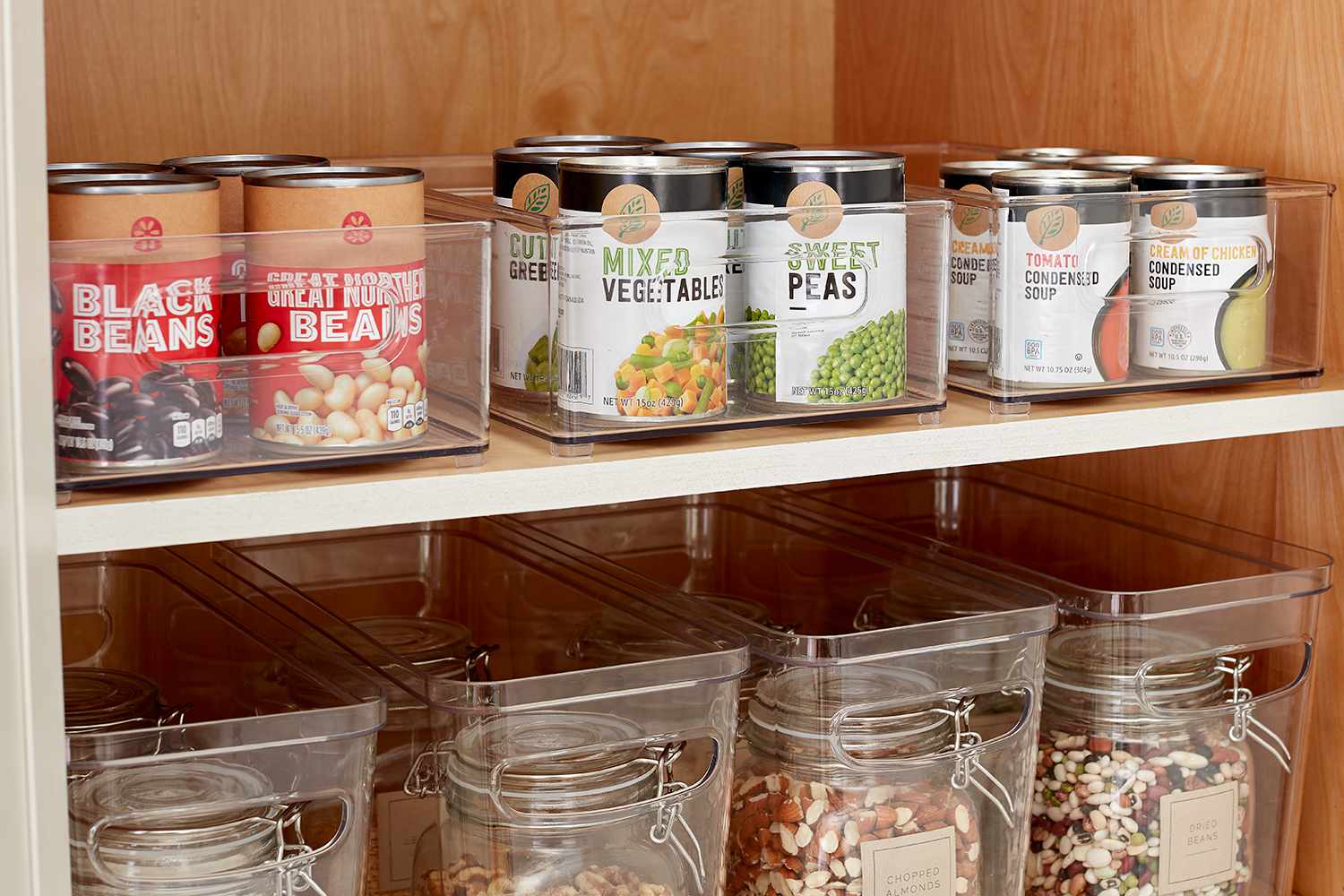

Articles
How To Store Canned Goods In Pantry
Modified: May 6, 2024
Learn the best techniques for storing canned goods in your pantry with our informative articles. Find helpful tips and tricks to keep your pantry organized and your canned goods fresh.
(Many of the links in this article redirect to a specific reviewed product. Your purchase of these products through affiliate links helps to generate commission for Storables.com, at no extra cost. Learn more)
Introduction
Welcome to our comprehensive guide on how to store canned goods in your pantry. Canned goods are a pantry staple for many households, offering convenience, long shelf life, and nutritional value. However, proper storage is key to ensuring the quality and longevity of your canned goods.
In this article, we will walk you through the process of choosing the right canned goods, organizing your pantry, storing your canned goods correctly, labeling and rotation, and tips for maximizing space in your pantry. By following these guidelines, you can create a well-organized pantry that allows for easy access to your canned goods and maintains their freshness.
Whether you’re stocking up on canned vegetables, fruits, soups, or other pantry essentials, this article will equip you with the knowledge to store your canned goods properly and efficiently. So, let’s dive in and discover the secrets to a well-maintained pantry!
Key Takeaways:
- Properly storing canned goods involves choosing the right options, organizing your pantry efficiently, and implementing correct storage, labeling, and rotation techniques to maintain freshness and quality.
- Maximizing space in your pantry through clever organizing techniques and addressing common FAQs about canned goods ensures an efficient and well-maintained pantry for easy access and meal preparation.
Read more: How To Store Canned Goods
Choosing the Right Canned Goods
When it comes to choosing canned goods for your pantry, there are a few considerations to keep in mind. Here are some tips to ensure you select the best options:
- Check the Expiration Dates: Always look for canned goods with a long shelf life. Check the expiration dates on the cans to ensure they have ample time before they expire. This will allow you to store them for an extended period without worrying about spoilage.
- Inspect the Cans: Before purchasing canned goods, take a moment to inspect the cans. Look for any signs of damage, such as dents, bulges, or rust. Damaged cans may indicate that the contents have been compromised, increasing the risk of spoilage or contamination.
- Consider Nutritional Value: Read the labels on the cans to determine the nutritional value of the contents. Look for canned goods that are low in sodium and added sugars and contain essential nutrients. Opt for varieties that align with your dietary preferences and requirements.
- Choose BPA-Free Cans: Bisphenol A (BPA) is a chemical commonly found in the lining of canned goods, which can leach into the food. To minimize exposure to BPA, choose canned goods labeled as BPA-free.
- Variety of Canned Goods: Don’t limit yourself to just a few types of canned goods. Stock up on a variety of options, including canned vegetables, fruits, legumes, soups, and proteins (such as canned tuna or chicken), to ensure a well-rounded pantry stocked with diverse options for meals and recipes.
- Consider Organic Options: If organic products are a priority for you, look for canned goods labeled as organic. These products are produced without the use of synthetic fertilizers, pesticides, or genetically modified organisms (GMOs).
By keeping these tips in mind, you can select the best canned goods for your pantry, ensuring both quality and variety in your food options. Now that we have discussed choosing the right canned goods, let’s move on to organizing your pantry.
Organizing Your Pantry
An organized pantry not only makes it easier to find what you need but also helps in maintaining the freshness and quality of your canned goods. Here are some steps to organize your pantry efficiently:
- Remove Everything: Start by completely clearing out your pantry. Remove all items, including canned goods, from the shelves. This allows you to start with a clean slate and assess how much space you have.
- Clean the Shelves: Take the time to clean the pantry shelves thoroughly. Wipe away any dust, spills, or crumbs to maintain a clean and hygienic environment for your canned goods.
- Group Similar Items: Sort your canned goods into groups based on categories. For example, group all vegetables together, fruits together, soups together, etc. This will make it easier to find specific items and prevents clutter in your pantry.
- Consider Frequency of Use: Think about how often you use different types of canned goods. Place frequently used items within easy reach, while less-used items can be placed on higher or lower shelves.
- Utilize Storage Containers: Consider using clear storage containers to hold smaller cans or loose items. These containers keep everything neatly organized and prevent items from rolling around or getting lost in the back of the pantry.
- Label the Shelves: Use labels or sticky notes to indicate which category of canned goods belongs on each shelf. This helps everyone in the household know where to find and return items, maintaining the organization.
- Optimize Space: Make the most of your pantry space by utilizing various storage solutions. Install additional shelves or organizers if needed. Use shelf dividers, lazy susans, or stackable bins to maximize space and prevent items from toppling over.
- Keep an Inventory List: Maintain an inventory list of your canned goods. This allows you to track what you have, plan your meals, and avoid overstocking or running out of specific items. Update the list regularly and check it before going grocery shopping.
By following these steps, you can create a well-organized and functional pantry that makes finding and accessing your canned goods a breeze. Next, let’s explore how to store your canned goods correctly to ensure their longevity and quality.
Storing Canned Goods Correctly
Proper storage is essential to maintain the quality, flavor, and nutritional value of your canned goods. Here are some guidelines to follow when storing your canned goods:
- Choose a Cool and Dry Location: Canned goods should be stored in a cool, dry place away from direct sunlight and heat sources. Excessive heat can cause the contents to spoil or lose their nutritional value.
- Avoid Extreme Temperatures: Fluctuations in temperature can damage the integrity of canned goods. Avoid storing them in areas prone to extreme cold or extreme heat, such as near heaters or in outdoor storage areas.
- Keep Away from Moisture: Moisture can lead to rust and deterioration of the cans. Make sure your storage area is free from excessive humidity or dampness. Avoid storing canned goods near sinks, windows, or areas prone to water leaks.
- Don’t Freeze Canned Goods: While it is safe to freeze many food items, it is not recommended to freeze canned goods. Freezing can cause the cans to expand and potentially burst, compromising the quality and safety of the food inside.
- Avoid Stacking Too High: Try not to stack canned goods too high, especially if they are not properly supported. Stacking them too high can cause cans to topple over and potentially create a mess or lead to damage.
- Watch for Signs of Spoilage: Regularly inspect your canned goods for any signs of spoilage, such as bulging or leaking cans, off smells, or abnormal textures. If a can shows any of these signs, it is best to discard it to ensure safety.
- Check for Recalls: Stay informed about any recalls or safety issues related to specific canned goods. Check relevant websites or sign up for email alerts to ensure that the cans in your pantry are not affected.
- Rotate Your Stock: Practice the “first in, first out” method to ensure that older canned goods are used before newer ones. By rotating your stock, you can prevent cans from expiring and make sure you consume them while they are still at their best quality.
By following these storage guidelines, you can prolong the freshness and preserve the nutritional value of your canned goods. However, it’s important to remember that canned goods do have a shelf life, so it’s wise to monitor their expiration dates and consume them within a reasonable time frame.
Now that we have covered how to store your canned goods correctly, let’s move on to the importance of labeling and rotation in maintaining an organized pantry.
Store canned goods in a cool, dry place in your pantry. Keep them away from direct sunlight and sources of heat. Use a first-in, first-out system to ensure you use the oldest cans first.
Labeling and Rotation
Labeling and rotation are key elements in maintaining an organized pantry and ensuring that your canned goods are used before they expire. Here are some tips on how to effectively label and rotate your canned goods:
- Label Each Can: Use a permanent marker or labels to clearly mark each can with the product name and expiration date. This not only helps you locate specific items quickly but also allows you to monitor their freshness.
- Organize by Expiration Dates: Arrange your canned goods in your pantry based on their expiration dates. Place cans with the closest expiry date at the front of the shelf, so they are used first. This method ensures that older cans are consumed before newer ones.
- Create a Rotation System: Develop a system to rotate your canned goods. As you add new cans to your pantry, place them at the back of the shelf and move older cans to the front. This way, you’re constantly using the oldest cans first and preventing them from expiring.
- Regularly Check Expiration Dates: Take the time to periodically check the expiration dates on your canned goods. This helps you identify cans that are nearing their expiry and allows you to plan meals accordingly.
- Donate Near-Expiration Cans: If you notice canned goods that are approaching their expiration date and you know you won’t be able to consume them in time, consider donating them to a local food bank or charity. This way, you can help those in need while avoiding waste.
- Use an Inventory System: Keep a record of your canned goods in an inventory system. This can be a simple spreadsheet or even a smartphone app. Note down the product names, quantities, and expiration dates. Regularly update this inventory as you consume or restock your canned goods.
- Regularly Review and Reorganize: Every few months, take the time to review and reorganize your pantry. Check for any expired cans, re-label as needed, and ensure your rotation system is still in place. This practice helps maintain a well-organized pantry and reduces the risk of using expired cans.
By implementing proper labeling and rotation techniques, you can effectively manage your canned goods, prevent waste, and maintain an efficiently organized pantry. These practices not only save you time and money but also contribute to a more sustainable and environmentally friendly lifestyle.
Now that we have covered the essentials of labeling and rotation, let’s explore some tips for maximizing space in your pantry.
Tips for Maximizing Space in Your Pantry
Having limited space in your pantry can be a challenge, but with some clever organizing techniques, you can make the most of the available space. Here are some tips for maximizing space in your pantry:
- Use Adjustable Shelving: Consider installing adjustable shelving in your pantry. This allows you to customize the height between shelves to accommodate different-sized items and maximize vertical space.
- Install Door Storage: Take advantage of the space on the inside of your pantry door by installing door-mounted racks or shelves. These can hold spices, condiments, or small canned goods, freeing up valuable shelf space.
- Utilize Clear Containers: Store smaller items or loose packets in clear storage containers. Not only does this keep things organized, but it also allows you to quickly identify what you have without rummaging through multiple items.
- Invest in Stackable Bins or Baskets: Stackable bins or baskets are great for grouping similar items together and keeping them organized. They make it easy to access items at the back of the pantry without having to move everything in front.
- Consider Drawer Organizers: If your pantry has deep shelves, consider using drawer organizers to create designated spaces for different items. This helps prevent clutter and allows for easy access to each item.
- Label Storage Areas: Use labels or signs to mark the designated areas for specific items. This helps everyone in the household know where to find and return things, keeping the pantry organized and preventing items from being misplaced.
- Utilize Unused Wall Space: Install hooks or hanging racks on unused wall space in your pantry. These can be used to hang lightweight items such as aprons, oven mitts, or even small baskets for additional storage.
- Use Lazy Susans: Lazy Susans are rotating trays that can be placed on pantry shelves. They allow you to access items easily, especially those stored at the back of the shelf. Use them for oils, sauces, or other items that need easy access.
- Group Like Items Together: Keep similar items together to create a more organized pantry. For example, group all baking supplies in one area, canned vegetables in another, and snacks in a separate section.
- Expand Outside of the Pantry: If you have limited space in your pantry, consider utilizing storage solutions outside of it. Install additional shelves in your kitchen or repurpose nearby cabinets for storing canned goods or pantry staples.
By implementing these space-saving tips, you can make the most out of your pantry, even in a limited space. Creating an organized and efficient pantry not only helps you keep track of your inventory but also makes meal preparation and grocery shopping easier.
Now that we have explored various strategies for maximizing your pantry space, let’s address some frequently asked questions (FAQs) related to storing canned goods.
Frequently Asked Questions (FAQs)
Q: How long do canned goods typically last?
A: Canned goods typically have a long shelf life, ranging from one to five years, depending on the product. However, it’s essential to check the expiration dates on the cans and consume them before they expire for optimal flavor and quality.
Q: Can I eat canned goods after the expiration date?
A: The expiration date on canned goods is a guideline for optimal quality, but it does not necessarily mean the food is unsafe to consume afterward. If the canned goods show no signs of spoilage, such as bulging cans, off smells, or unusual textures, they are generally still safe to eat. However, the taste and texture may not be at their best.
Q: Can I store canned goods in the refrigerator?
A: Canned goods do not require refrigeration unless the can has been opened. Once opened, transfer the contents to a refrigerator-safe container and store them in the refrigerator. It’s important to consume the opened canned goods within a few days.
Q: How can I tell if a canned food is spoiled?
A: When inspecting canned goods, look for signs of spoilage such as bulging, leaking, or dented cans. Additionally, if there is an off smell or the food has an unusual texture or appearance, it is best to err on the side of caution and discard the can.
Q: Can I store canned goods in the freezer?
A: It is not recommended to store canned goods in the freezer. Freezing can cause the cans to expand and potentially burst, compromising the safety and quality of the food. However, if you want to freeze the contents of a can, transfer them to a freezer-safe container before doing so.
Q: Do canned goods lose their nutritional value over time?
A: Canned goods are processed to retain their nutritional value for an extended period. While some minor nutrient losses may occur over time, canned goods still provide essential nutrients and can be a nutritious part of your diet.
Q: Can I stack canned goods on top of each other?
A: It is best to avoid stacking canned goods too high without proper support. Stacking too many cans on top of each other can lead to instability and potentially cause cans to topple or become damaged. If you need to stack cans, use stackable bins or organizers to ensure stability.
Q: Can I donate expired canned goods?
A: It is best not to donate expired canned goods to food banks or charities as they may not meet the required safety guidelines. However, if you have canned goods that are nearing their expiration date and still safe to consume, you can consider donating them to local food banks or charitable organizations.
Q: How often should I check my canned goods for expiration dates?
A: It is recommended to check the expiration dates on your canned goods periodically, such as every six months. This allows you to keep track of what needs to be used soon and helps you plan your meals accordingly.
Q: Are there any special storage considerations for canned goods like oils or liquids?
A: When storing canned goods with oils or liquids, make sure the cans are upright and securely closed to prevent any leakage. Additionally, store them away from direct sunlight and excessive heat to maintain their quality.
Q: Is it safe to consume canned goods if the can is dented?
A: Minor dents on cans are generally safe to consume, as long as the integrity of the can is not compromised. However, if a dent is deep, causes the can to bulge, or is near the seal, it is best to err on the side of caution and discard the can.
By addressing these frequently asked questions, we hope to provide you with the necessary information to store your canned goods safely and effectively. If you have any additional questions, feel free to reach out to us.
Now, let’s conclude our comprehensive guide on how to store canned goods in your pantry.
Conclusion
Properly storing canned goods in your pantry is essential to maintain their quality, freshness, and nutritional value. By following the guidelines outlined in this article, you can ensure that your canned goods are organized, easily accessible, and consumed before they expire.
Choosing the right canned goods, organizing your pantry, storing them correctly, labeling and rotation, and maximizing space are all important aspects to consider. By checking expiration dates, inspecting cans for damage, and grouping similar items together, you can create an efficient and well-organized pantry.
Remember to store canned goods in a cool, dry place, away from extreme temperatures and moisture. Regularly check for signs of spoilage to ensure the safety of the contents. Utilize labeling and rotation techniques to consume older cans first and keep track of your inventory.
Maximizing space in your pantry can be achieved through adjustable shelving, door storage, clear containers, and other organizational tools. By implementing these tips, you can make the most of your pantry space, keeping it neat and functional.
Lastly, familiarize yourself with the frequently asked questions about storing canned goods to have a better understanding of their shelf life, safety considerations, and donation guidelines.
Now armed with knowledge and practical tips, you can confidently store your canned goods, ensuring that they remain fresh, flavorful, and ready for your next delicious meal. So go ahead, stock up on your favorite canned goods and create a well-organized pantry that will make your cooking and meal planning a breeze!
Craving more space and order in your living areas? Dive into our latest articles that offer creative and practical solutions. If your closet seems chaotic, discover home organization strategies with the best fabric storage cubes that streamline clutter effortlessly. For culinary enthusiasts, our guide on kitchen storage reveals essential items to keep your cooking space tidy and functional. Don't miss out on our insights for keeping perishables at their best with innovative food storage options, ensuring freshness and reducing waste.
Frequently Asked Questions about How To Store Canned Goods In Pantry
Was this page helpful?
At Storables.com, we guarantee accurate and reliable information. Our content, validated by Expert Board Contributors, is crafted following stringent Editorial Policies. We're committed to providing you with well-researched, expert-backed insights for all your informational needs.


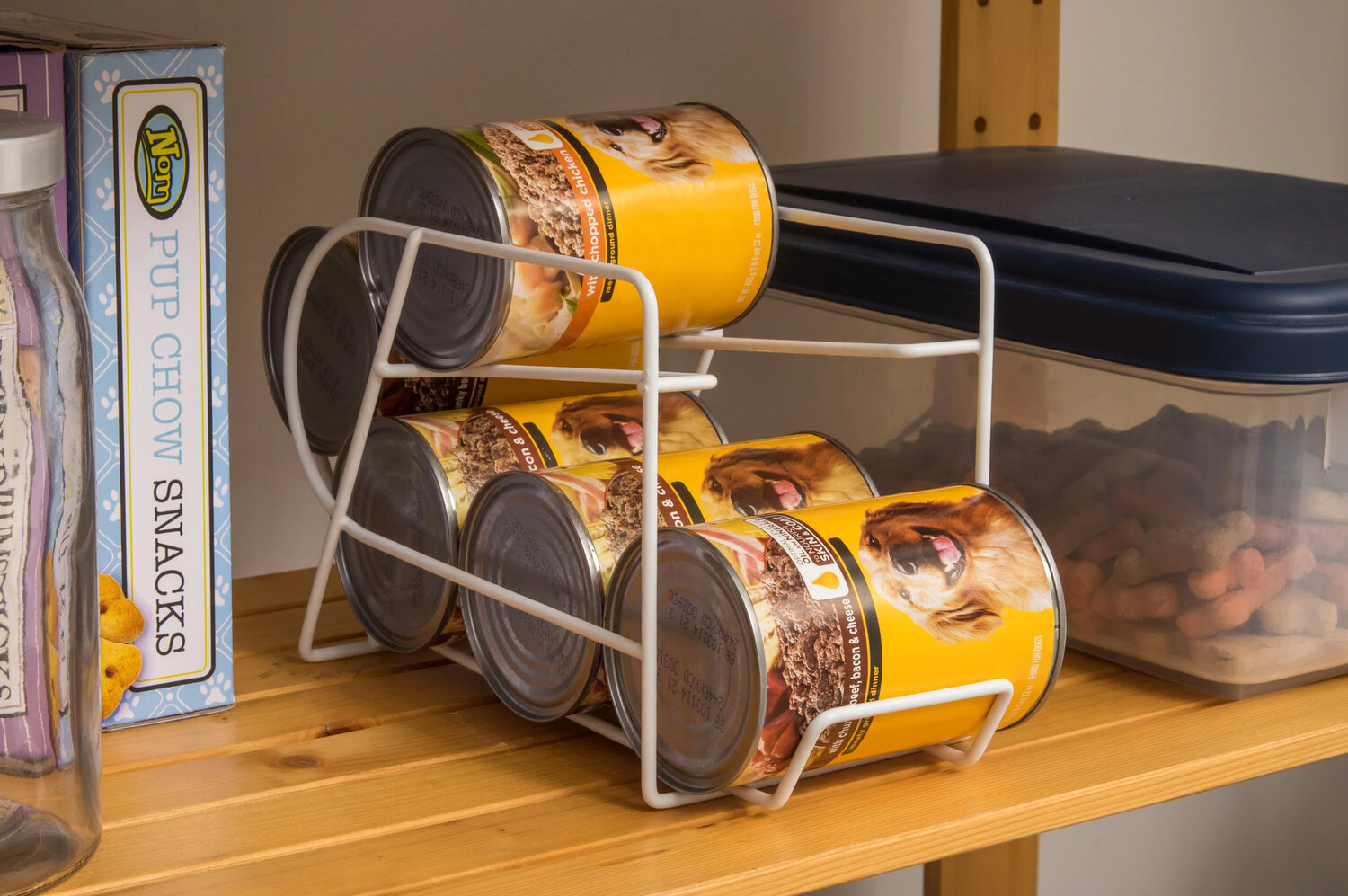
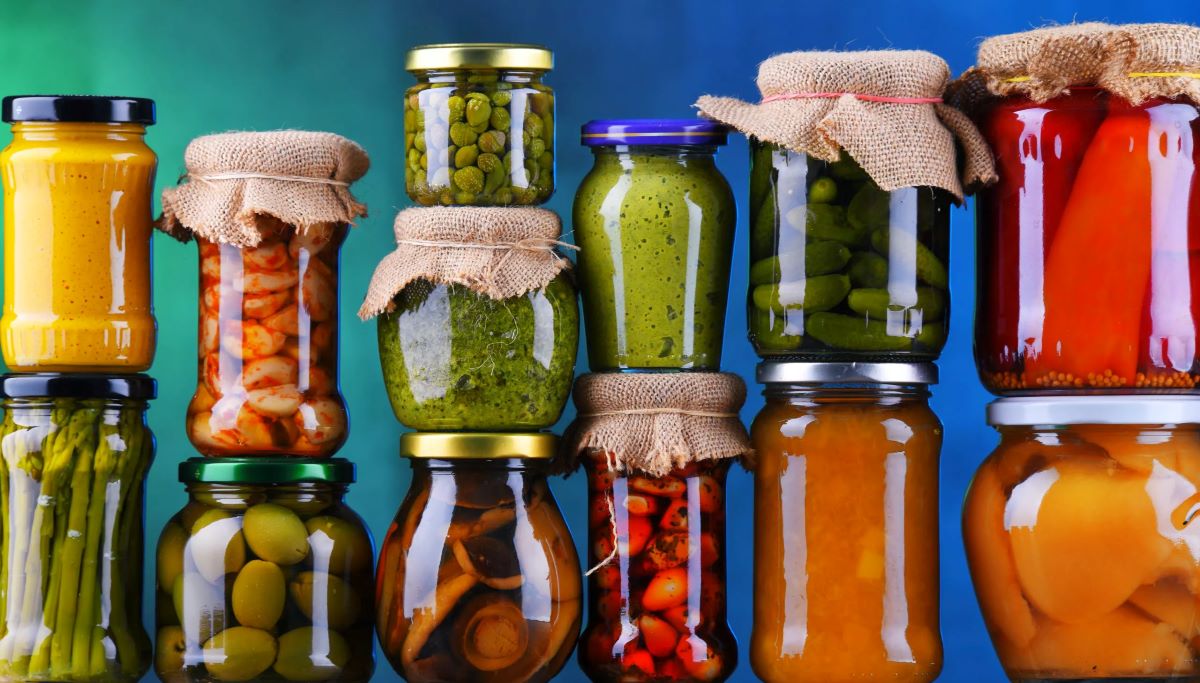
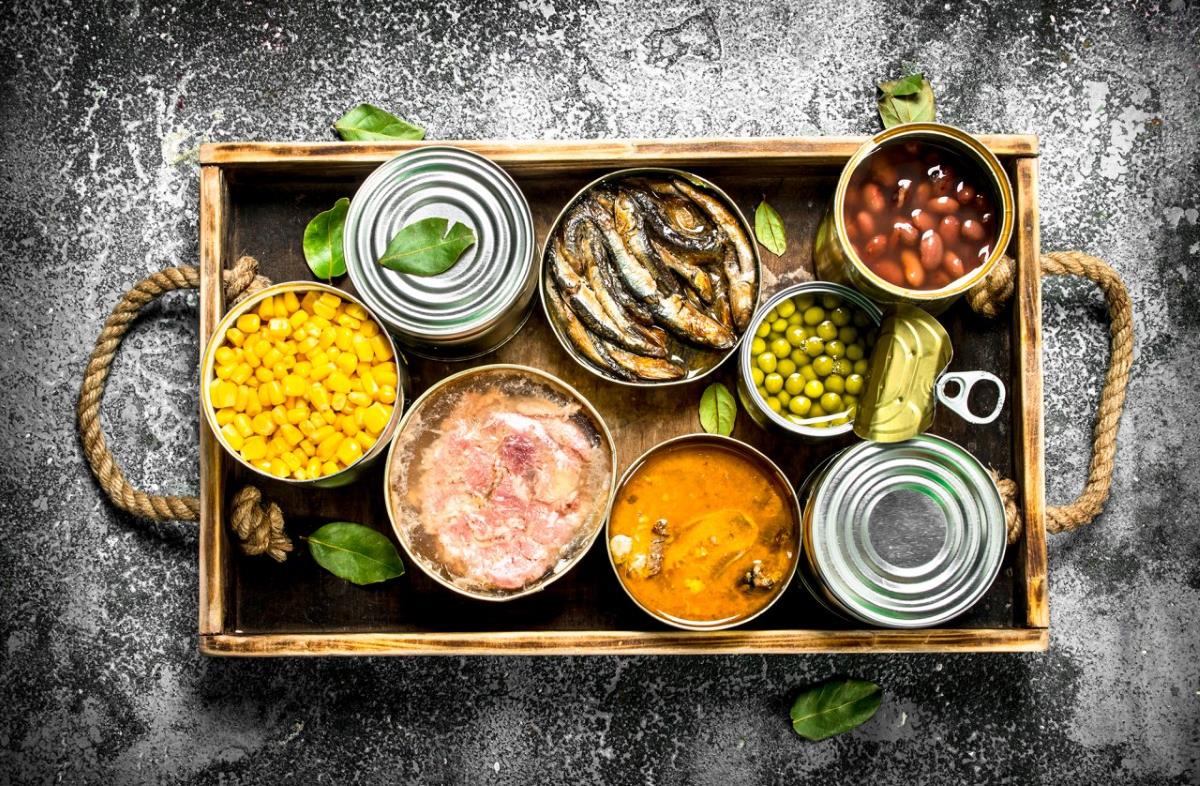
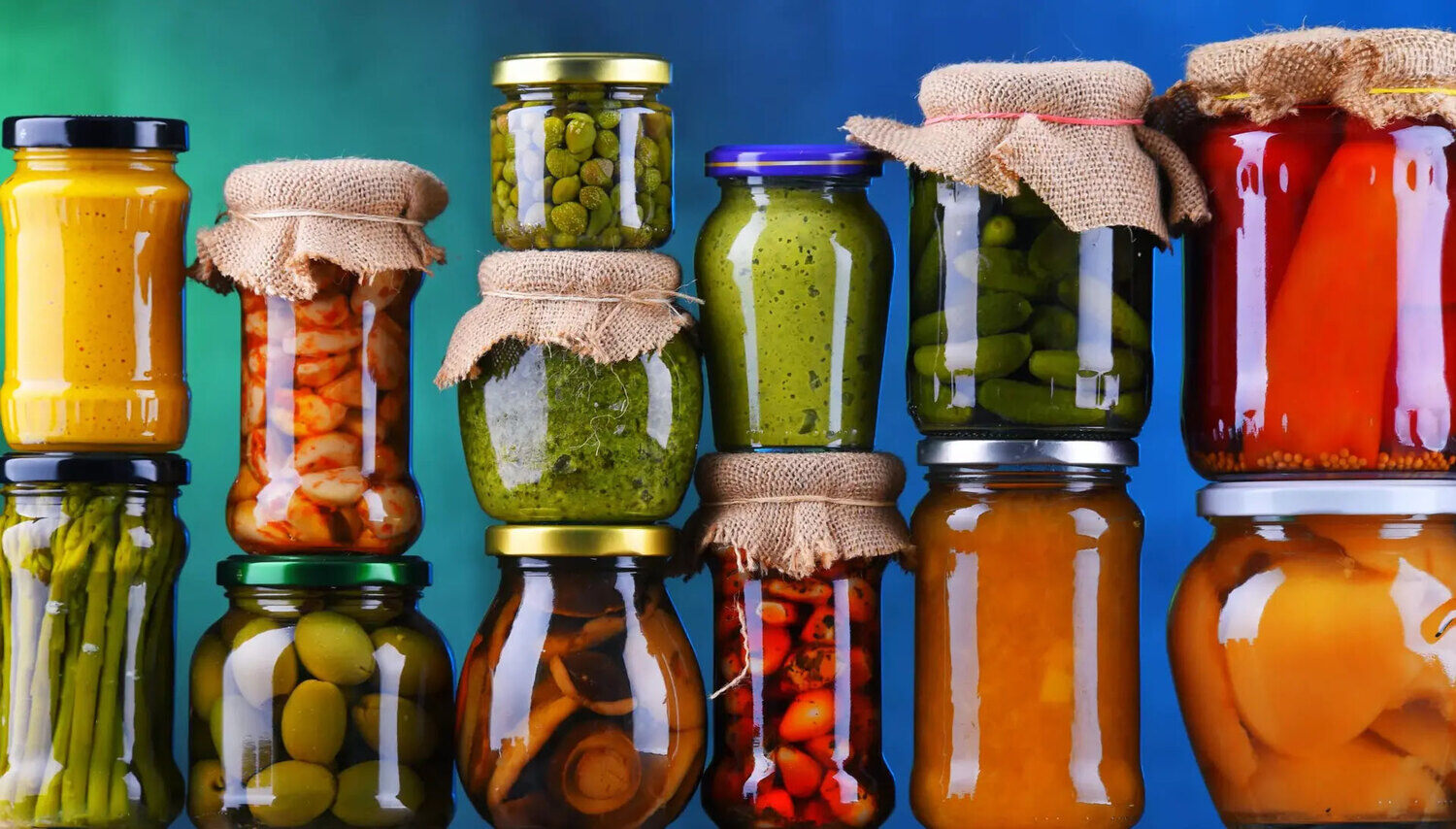
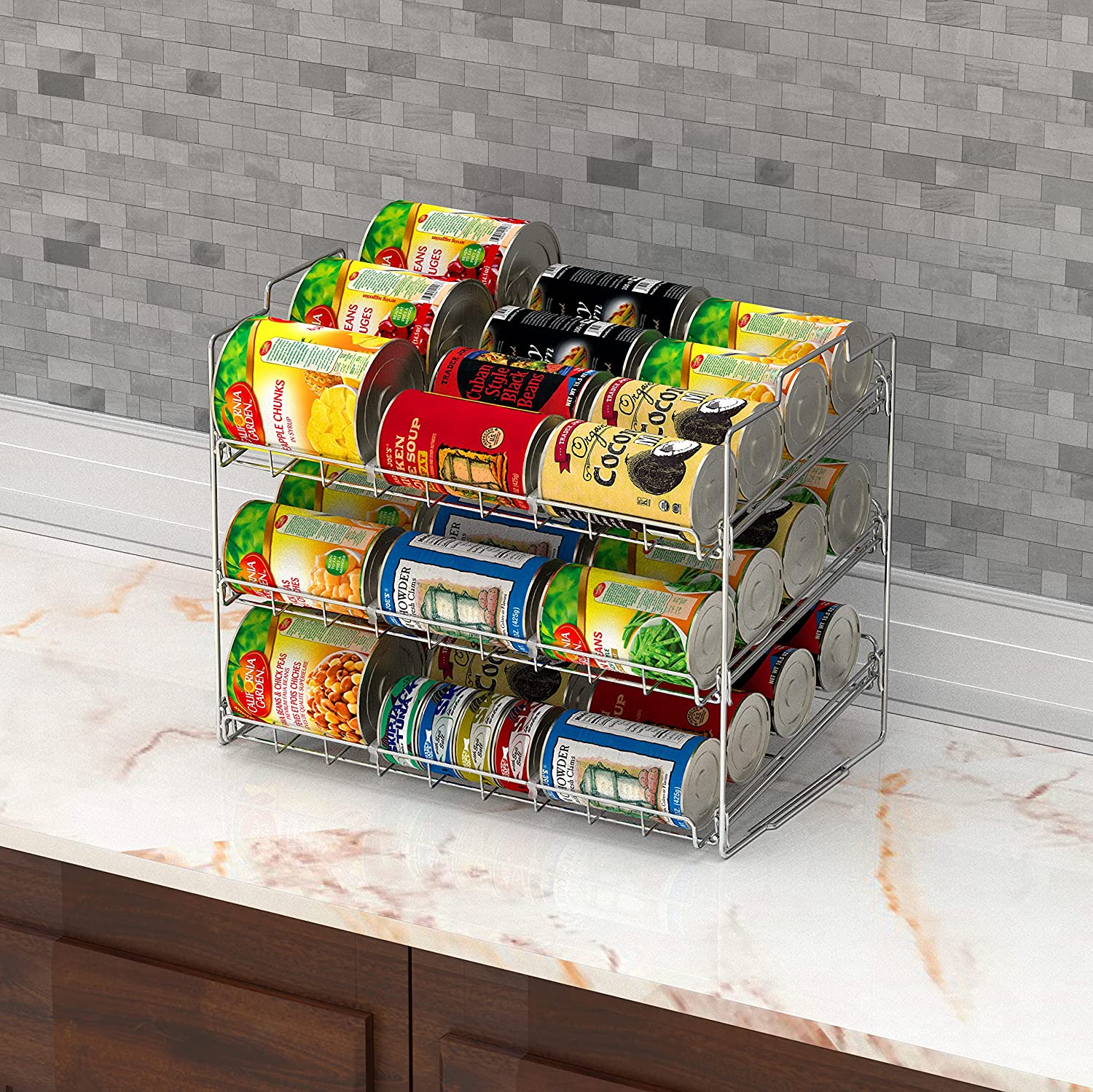
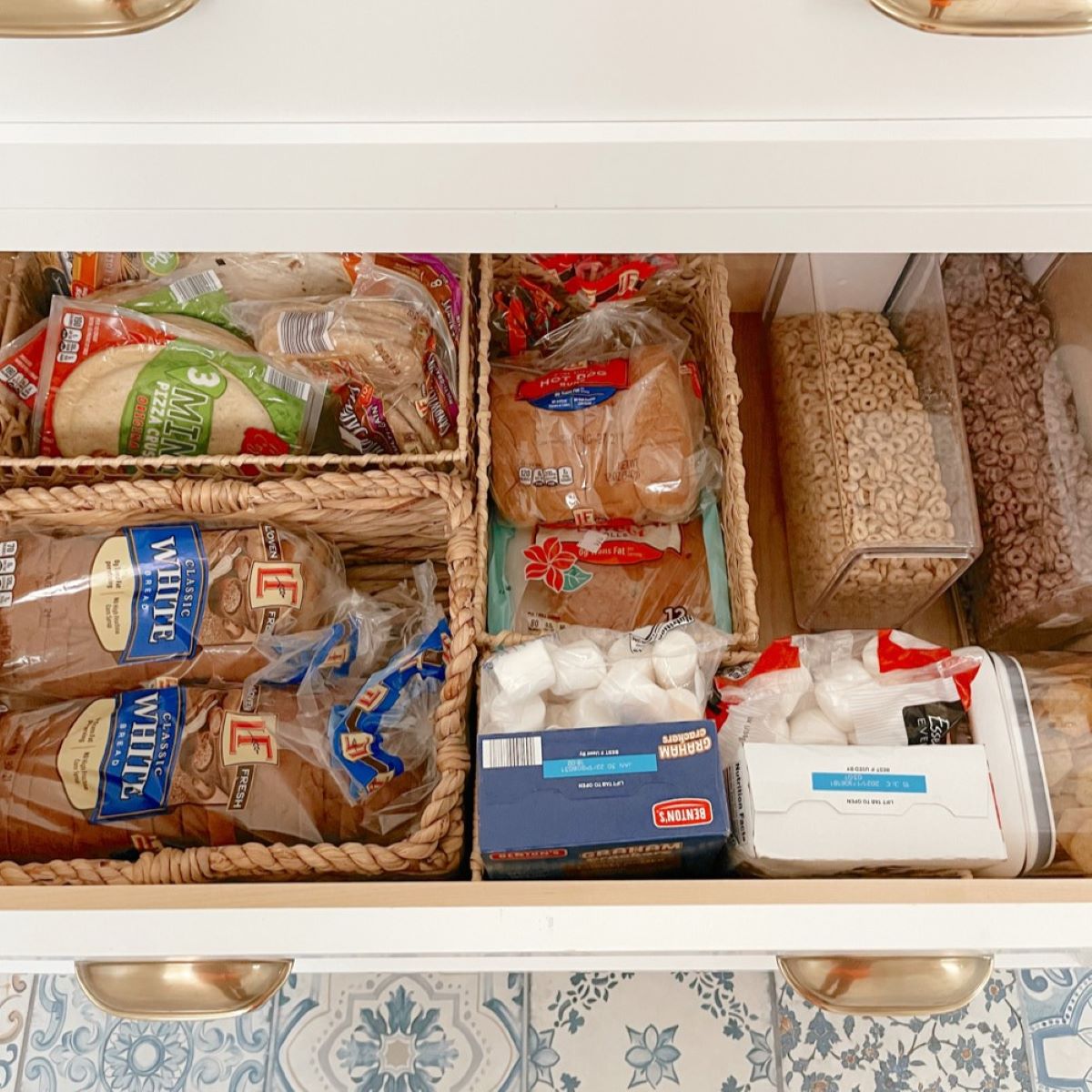
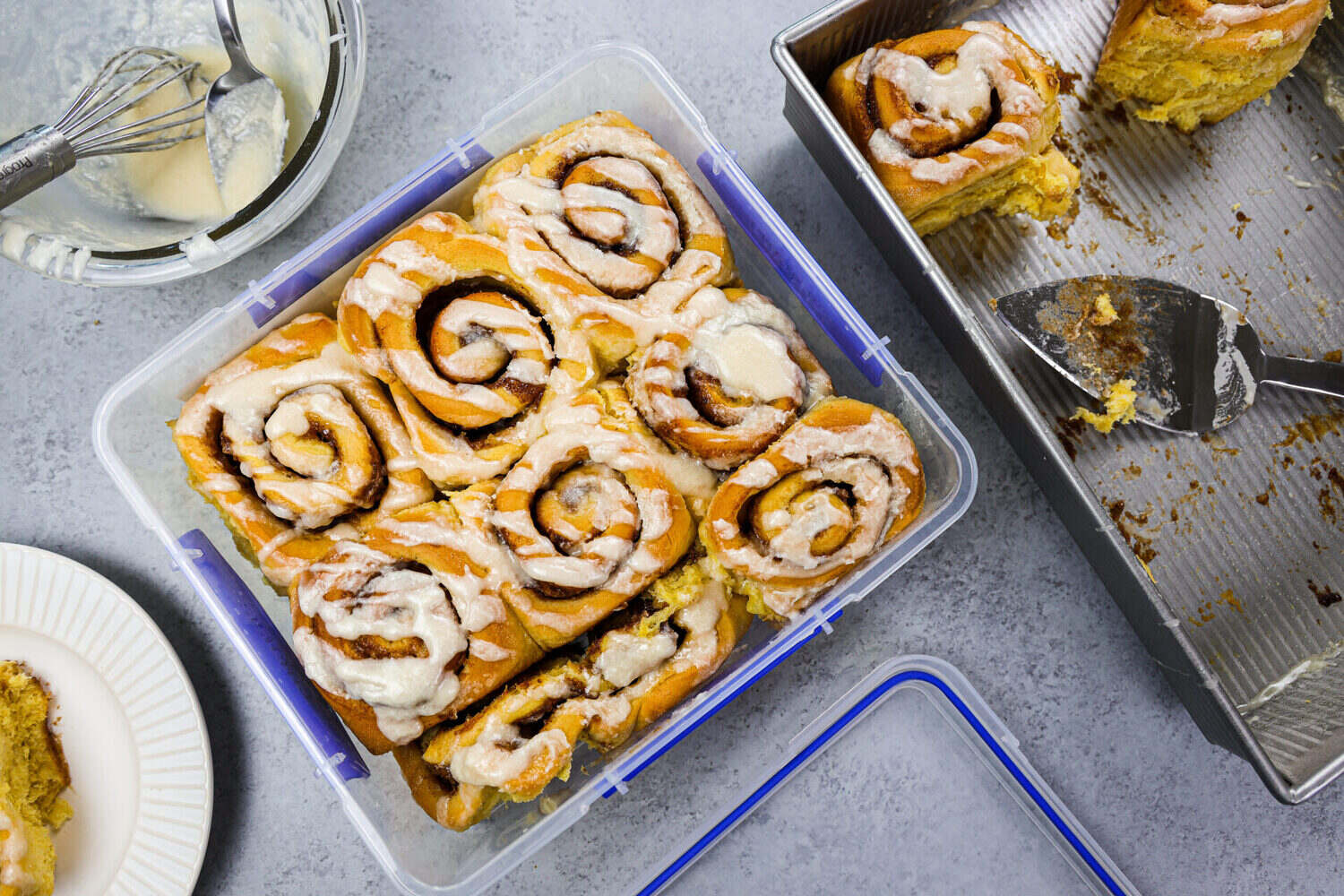
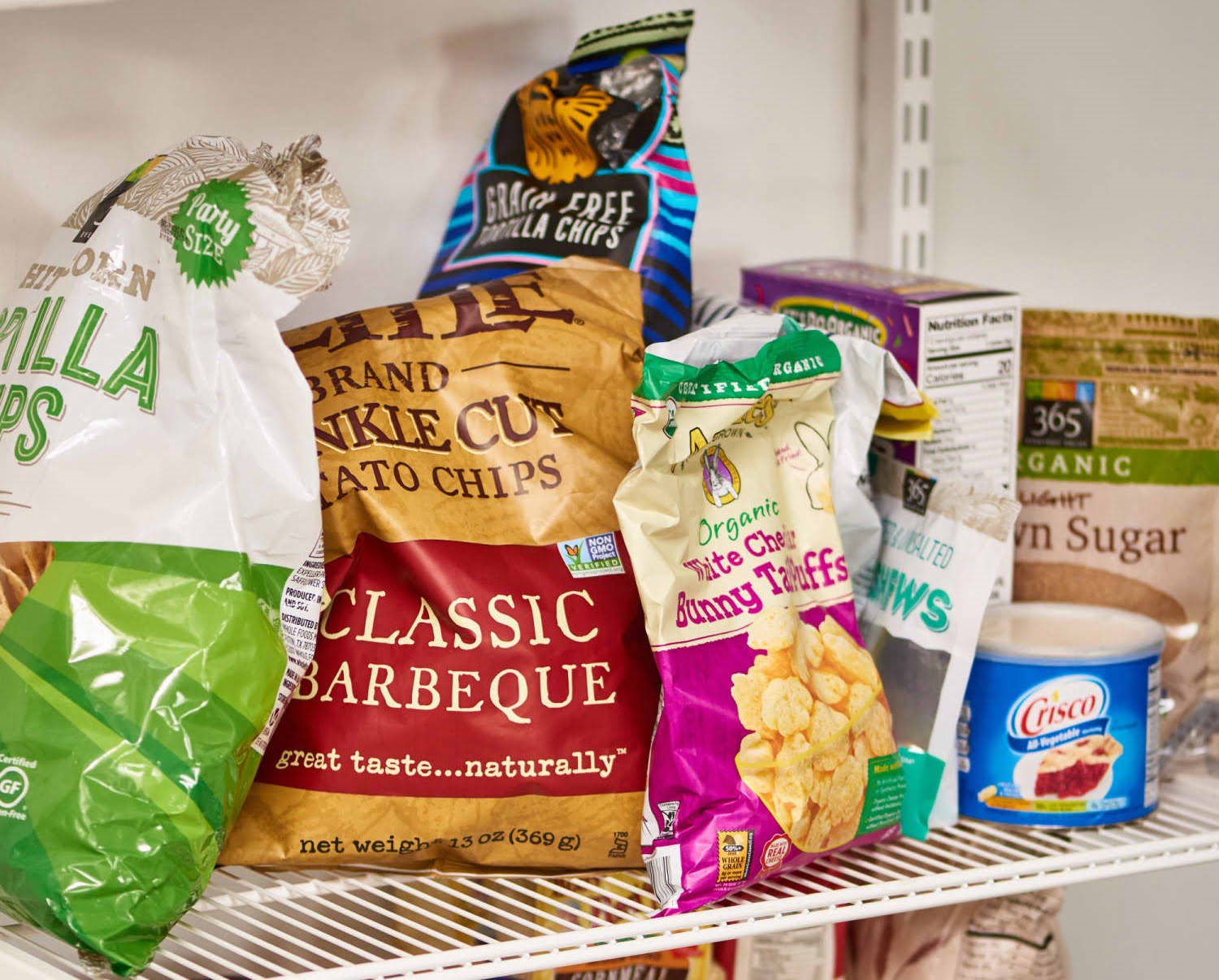
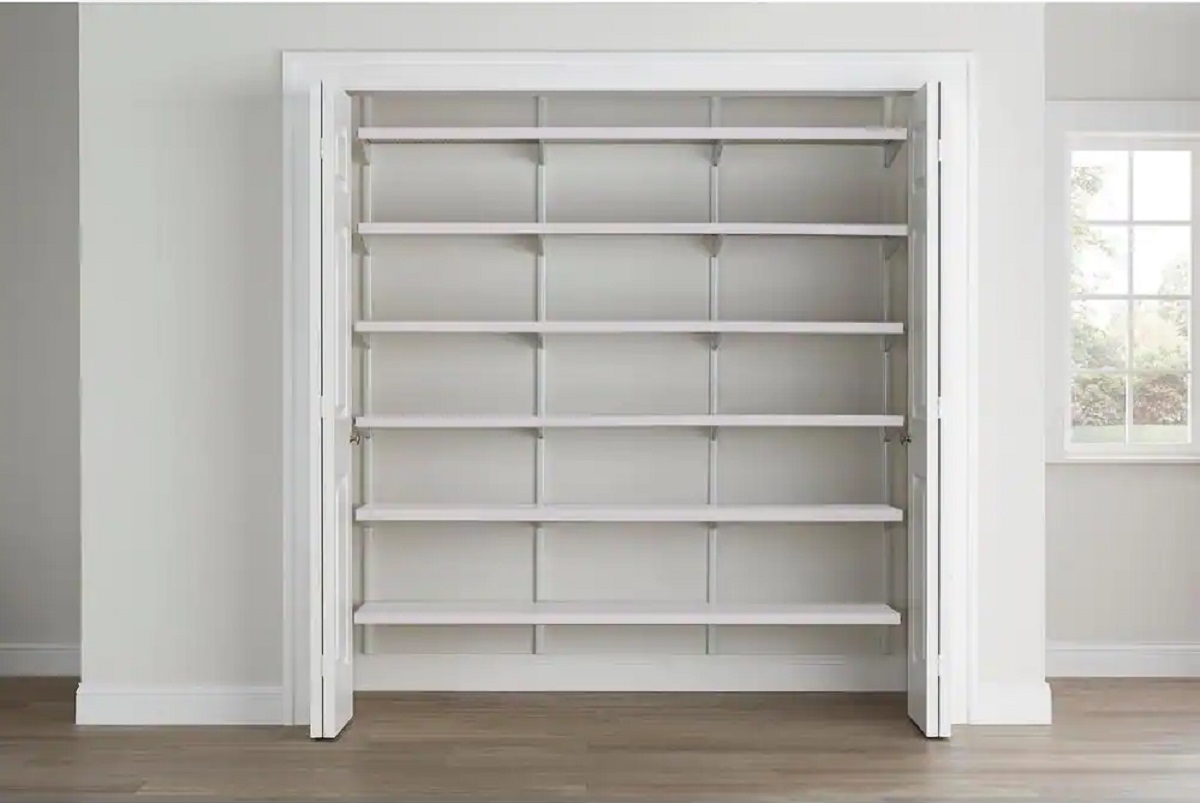
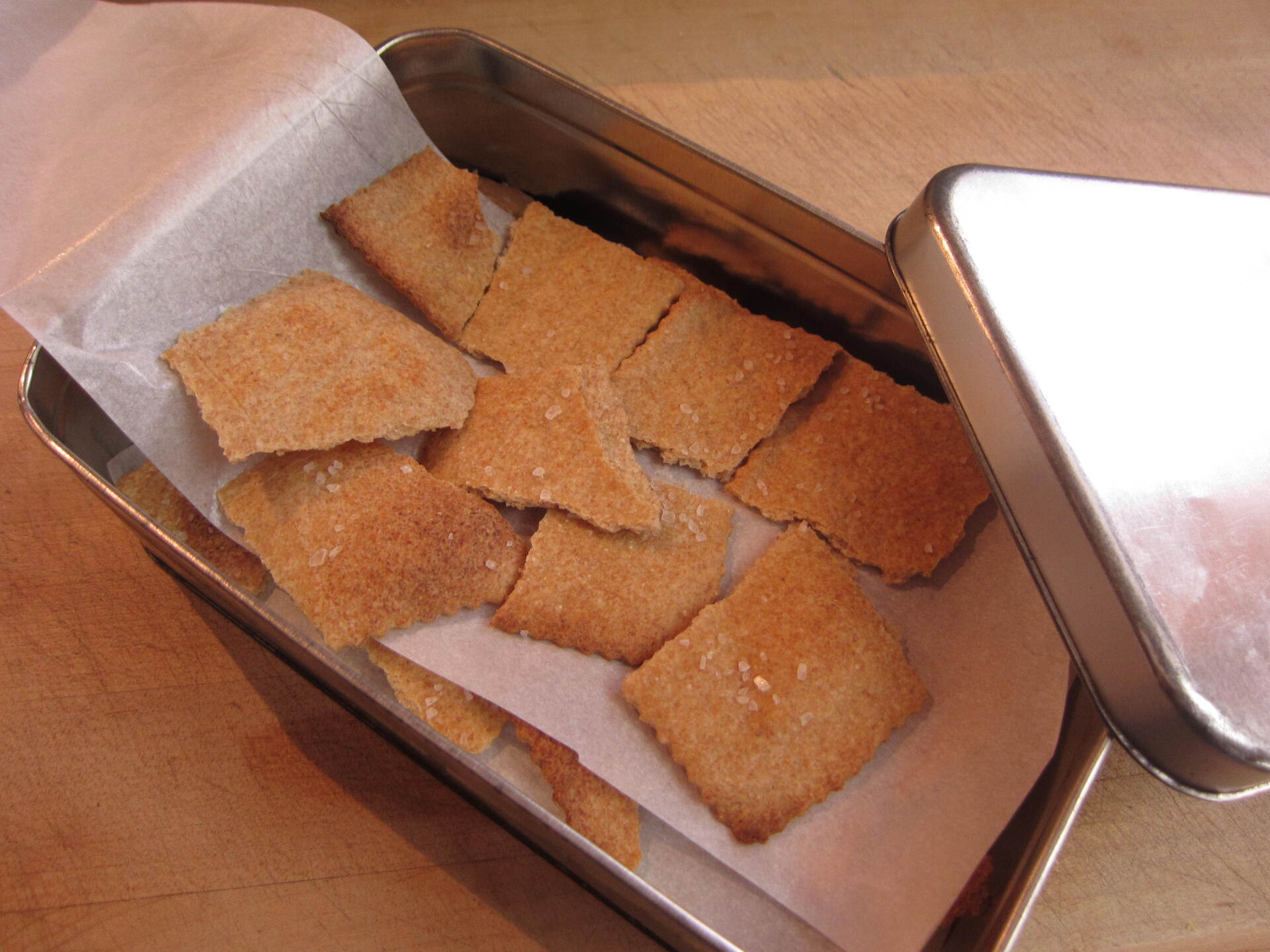
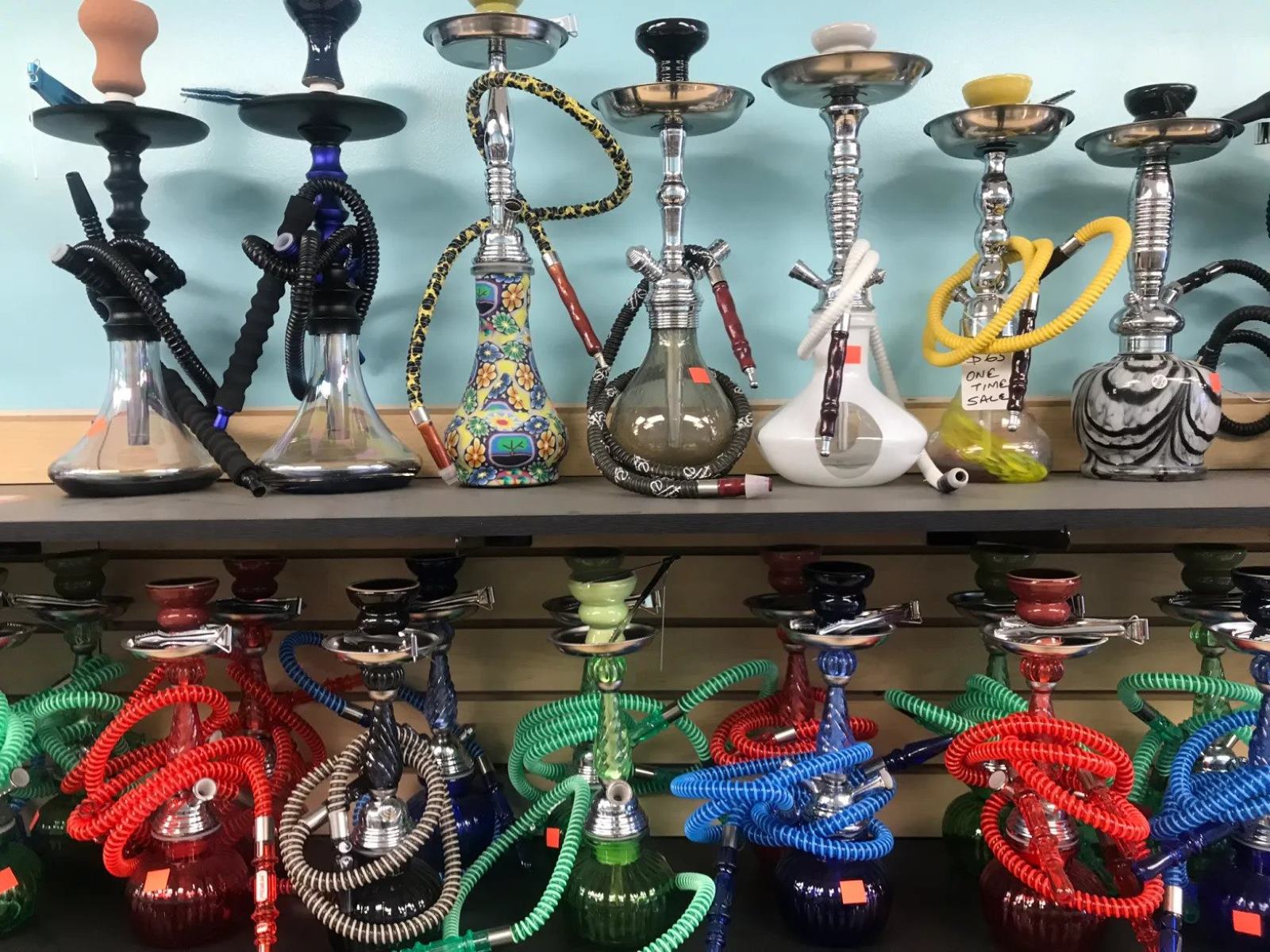


0 thoughts on “How To Store Canned Goods In Pantry”